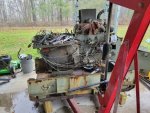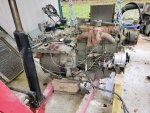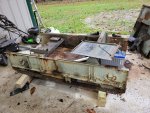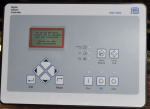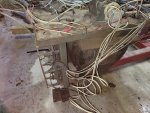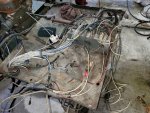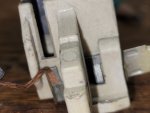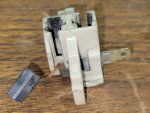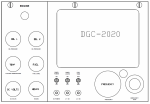- 18,053
- 27,069
- 113
- Location
- Burgkunstadt, Germany
Got the temp gauge on the panel working. Barely hit 120 *F before I shut her down - (Wrong!! Stopping it before it gets hot is wrong. Hot you want, as long as it stays in the engine temp parameters. ) don't want to wet stack it. This should not be one of your worry's. You have to run several days at no load, to see even a little bit of wet stacking.
I also think I may need a new radiator cap. After I ran it several minutes and it had warmed up.... after I shut it down, I could hear pressure hissing from the cap. While it was doing this, the radiator was still cool enough for me to lay my hand on without even discomfort. I was worried that what I was hearing was compression leaking into the cooling system thru a bad head gasket. So I ran it for another ~10 minutes with the radiator cap off and watched for bubbles in the radiator. No bubbles. Will have to keep an eye on it.
Check the solder around the radiator opening, where it mates to the radiator body. Check the rubber hose that is the overflow, and the nipple that goes into the radiator opening. And a cap is cheap. I would replace that without even thinking about it. Cheap insurance.
I also think I may need a new radiator cap. After I ran it several minutes and it had warmed up.... after I shut it down, I could hear pressure hissing from the cap. While it was doing this, the radiator was still cool enough for me to lay my hand on without even discomfort. I was worried that what I was hearing was compression leaking into the cooling system thru a bad head gasket. So I ran it for another ~10 minutes with the radiator cap off and watched for bubbles in the radiator. No bubbles. Will have to keep an eye on it.
Check the solder around the radiator opening, where it mates to the radiator body. Check the rubber hose that is the overflow, and the nipple that goes into the radiator opening. And a cap is cheap. I would replace that without even thinking about it. Cheap insurance.




